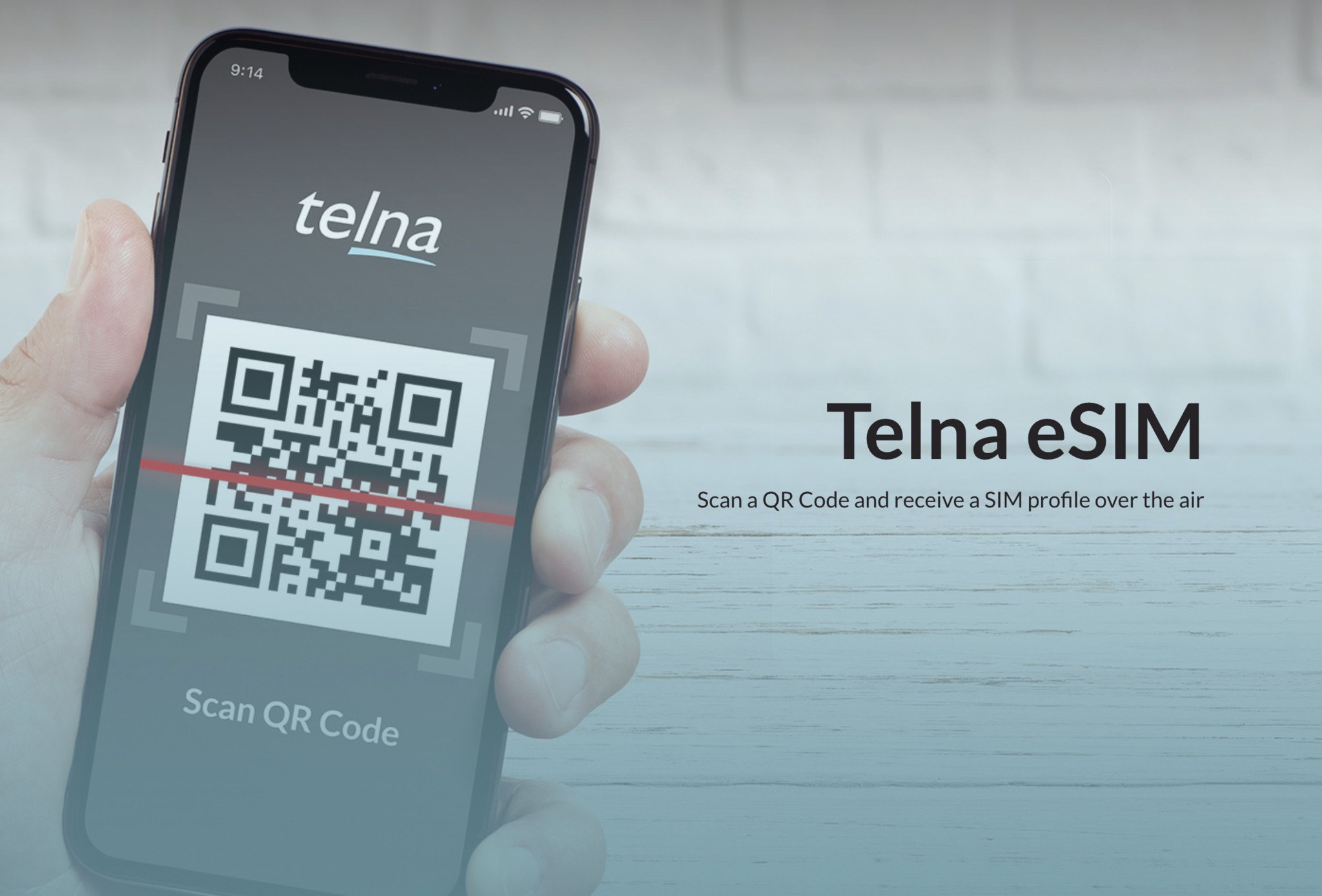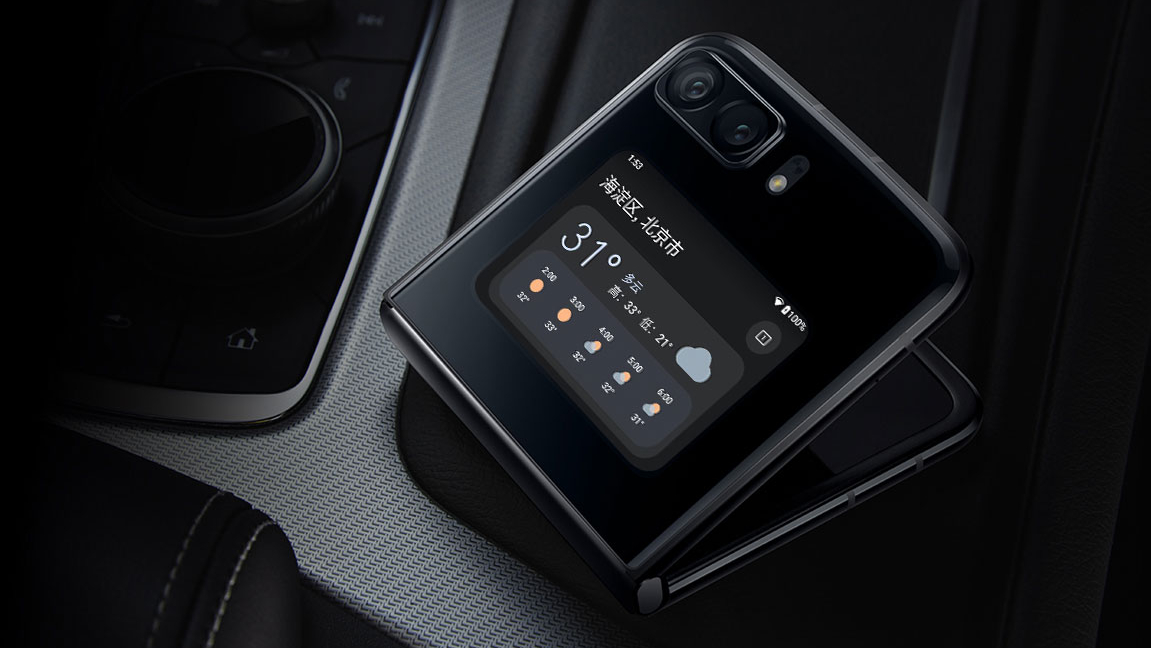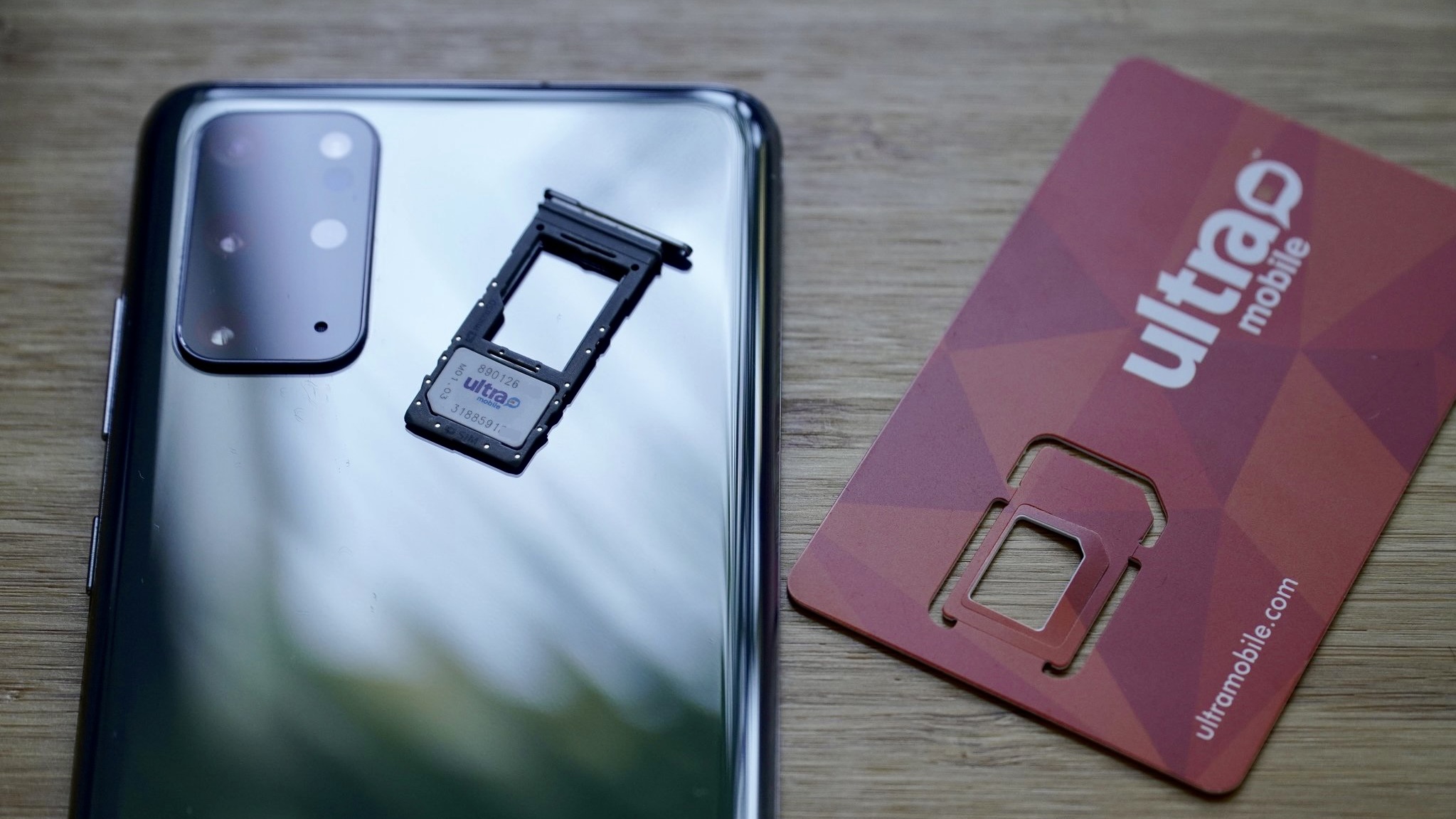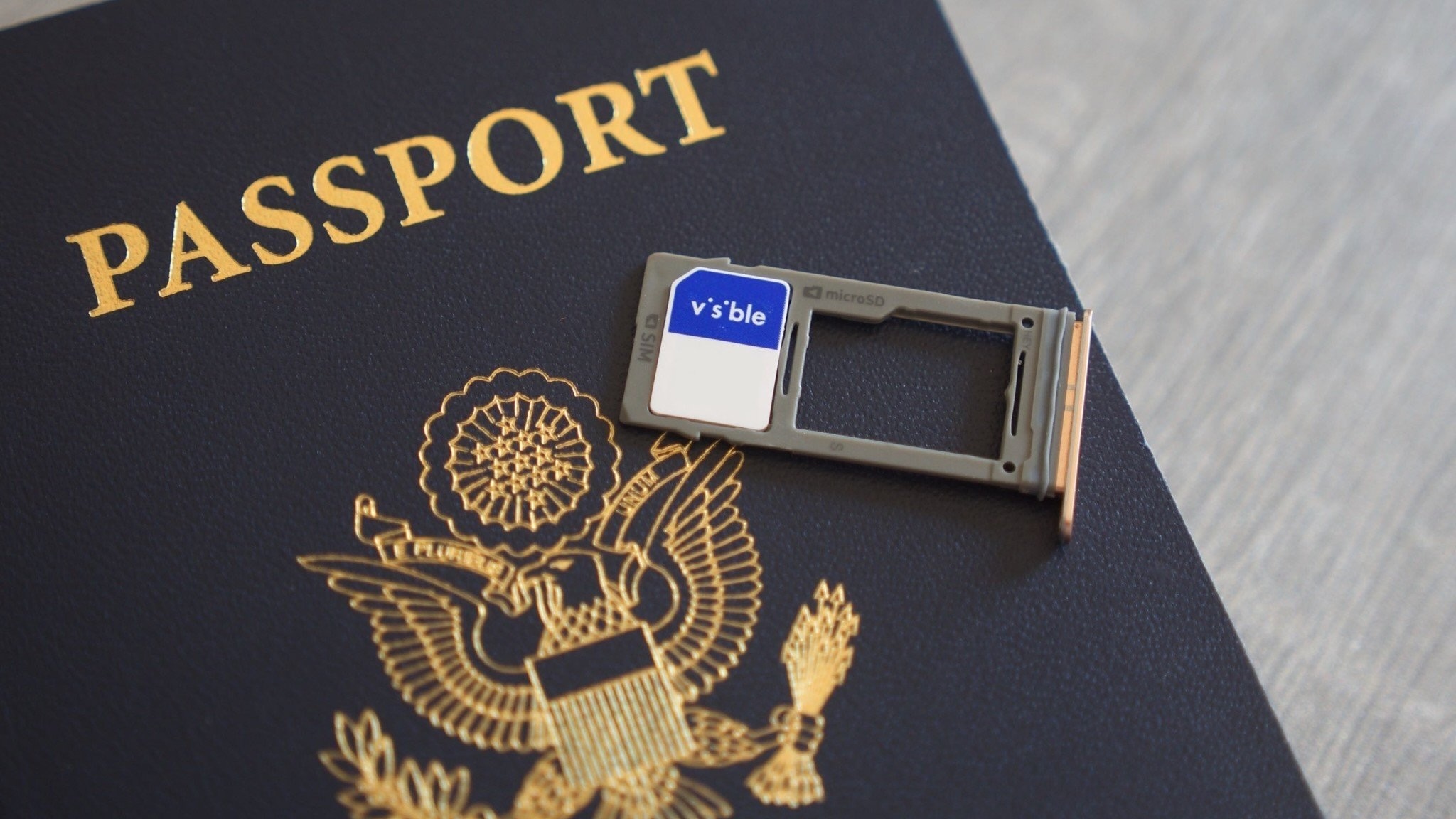Apple jumped the gun on the eSIM, but the idea isn't terrible
One day, no phones will have a SIM card tray.

Yes, the iPhone 14 launched in the U.S. as an eSIM-only phone. For most people who plan to buy one, that's not a big deal because they will just have their phone carrier set them up (or Best Buy, or whatever). They aren't concerned about what happens if they ever go abroad for work or play.
I'm not most people. Chances are you're not part of that most people group either because you're reading a smartphone website. That means there is plenty to talk about when it comes to Apple moving away from the tiny plastic SIM card.
I like the idea of the eSIM. I'm using the eSIM as the primary on my Pixel 6 Pro, with a T-Mobile SIM card as a backup in case I need more "unlimited" data, or to tether. But I don't like the idea of having an eSIM-only phone right now. In a few years, maybe, but not right now. Then again, I have no plans to buy an iPhone, so I don't have to worry about it.
What is an eSIM?

An eSIM (electronic Subscriber Identity Module) is the part that acts as the interface between your phone and your carrier. It's essentially the same as a "regular" SIM card, except it uses a chip inside the phone to hold all the data, instead of a chip inside the phone to read and write data stored on the SIM card.
An eSIM holds a 17 digit code that designates your country of origin, your carrier, and a unique user ID. It's what allows the phone company to bill you and what identifies you on the network.
Without a SIM card of some sort — either a small physical card or an programmable module — your phone isn't going to be able to use any carrier network.
What's good about an eSIM?

The new iPhone is not the first eSIM-only phone — that would be the Motorola Razr reboot from 2020. It does share all the pros and cons of not having a standard SIM card.
Be an expert in 5 minutes
Get the latest news from Android Central, your trusted companion in the world of Android
The best thing about the eSIM isn't that it's "easier" as Apple wants you to believe. I guess not putting a small piece of plastic in a tray designed to hold it is easy. It's actually security (which ironically enough is also one of the worst things about the eSIM, and we'll mention that later).
Using an eSIM can be a good experience.
An eSIM makes it more difficult for someone to get control of your phone number because there is more carrier involvement. That's also inconvenient, as plenty of carriers that offer an eSIM option force you to visit a store.
When properly designed, an eSIM also makes it easy to switch carriers to avoid roaming fees or to have a second number. Some resellers offer an eSIM service that switches between carriers automatically based on location, but keeps the same number, which is also pretty cool.
And I guess not having to find a paperclip to pop out a SIM card tray is easier, too. Using Google Fi for example (which does not support the iPhone 14), I just open an app and tap a button to set things up. I don't have to visit a Google store to scan a QR code, which is a good thing.
What's not so good about an eSIM?

There are plenty of small issues with an eSIM that are solvable by Apple and Google. These have to do with multiple-line support and account storage, and both companies are figuring them out. Some problems aren't fixable by companies I trust to fix them, though.
First, there's a security problem. I 100% promise that the eSIM module in the iPhone 14 has multiple security exploits waiting for someone to find. All software has issues like these, and you can never get rid of them. An eSIM means there is a new way for the bad actors out there to try and hijack your life.
The second is support: The major carriers in the U.S. all offer an eSIM option. The iPhone 14 might force smaller regional carriers and MVNO carriers to build support, too. But right now, if you have an eSIM-only phone, you have limited options outside of the west.
For example, I like to vacation at a little place in Costa Rica. Costa Rica has no carrier that supports eSIM tech, so I would be forced to use a third-party service and trust them with my credit card information when I go back, if I had an eSIM-only phone. We all know how well small companies we've never heard of manage our data and their own online security.
An "iSIM" is a terrible idea for everyone except Apple.
Finally, the biggest problem is control. Using an eSIM means the company that made your phone, the company that wrote the software, and the phone companies themselves get to decide if you can have service or not. With a standard SIM card, that is between you and the carrier: Pay for it, and you can have it.
That's potentially a bigger problem for those in the Apple ecosystem. It's rumored that Apple wants to build an "iSIM" in a future version of its phone chips so it has full control over everything.
That makes sense. An iSIM could go in the iPhone, the iPad, the Apple Watch, and a MacBook once Apple gets everything sorted out. That's good for Apple. That's not good for Apple customers, especially those that financed their products through Apple.
There is also an issue with lock-in — remember how hard it used to be getting out of iMessage if you were dumb enough to try it? Imagine how hard it could be to keep your phone number in an iSIM world.
We're not there just yet

The industry will move to an eSIM-only option eventually. This isn't an Apple phenomenon, either — it's been going that way since Google released the first phone with an eSIM in the Pixel 2. Apple added eSIM support to the Apple Watch 3, and Microsoft added support in the Surface book as well. It is where the industry is headed.
There are bigger issues to sort out, though, and the fact that the iPhone 14 is only launching in the U.S. as an eSIM-only device highlights these. Yes, other phone companies might be blind enough to follow suit before the tech is fully baked because Apple did it, but that would be a mistake. Right now the best Android phones still use a "regular" SIM card.
Long live the tiny plastic SIM card. Not really — it just needs to live long enough to be sure its replacement is actually ready.

Jerry is an amateur woodworker and struggling shade tree mechanic. There's nothing he can't take apart, but many things he can't reassemble. You'll find him writing and speaking his loud opinion on Android Central and occasionally on Threads.
